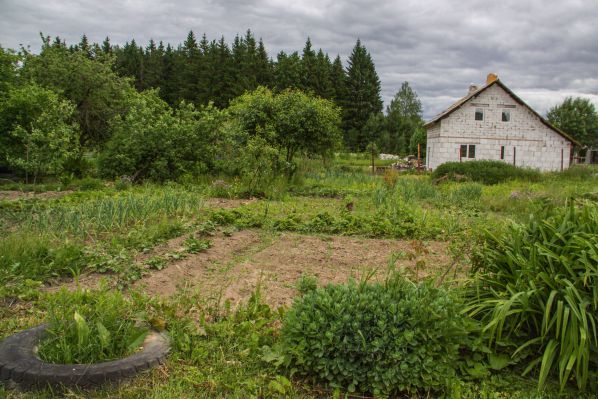How to get rid of couch grass on your property: step-by-step instructions
Couch grass is one of the most unpleasant and persistent weeds that can spoil the appearance and fertility of your site.
Couch grass grows quickly and deeply, so it is difficult to pull out or dig out. How to get rid of couch grass on the site?
Identify the type of wheatgrass
The first step is to determine the type of wheatgrass that grows on your property. There are two main types of wheatgrass: field and sand, says Anastasia Kovrizhnykh .
Field wheatgrass has wide and flat leaves, while sand wheatgrass has narrow and cylindrical leaves.
Choose a method to combat couch grass
The second step is to choose a method of controlling couch grass, depending on the type of couch grass, the area of infestation and the time of year.

There are three main methods of controlling couch grass: mechanical, chemical and biological.
The mechanical method involves manual or machine removal of couch grass with roots.
This method is effective for sandy wheatgrass, but not for field wheatgrass, since its roots can remain in the soil and produce new shoots. This method is also labor-intensive and expensive, especially on large areas.
The chemical method involves the use of special herbicides that destroy couch grass and other weeds.
This method is effective for field wheatgrass, but not for sandy wheatgrass, as it is resistant to some herbicides. This method is also dangerous for the environment and other plants, so safety rules and dosage must be followed.
The biological method involves the use of beneficial organisms that suppress the growth and development of couch grass.
This method is effective for both types of couch grass, but not for other weeds. It is also environmentally friendly and harmless to other plants, but it requires time and patience.
Monitor the condition of the site
The third step is to monitor the condition of the area and prevent the reappearance of couch grass.
To do this, you need to regularly remove young shoots of couch grass, especially in spring and autumn, when it is actively growing. You also need to improve the quality of the soil by adding organic fertilizers, lime and compost.
In addition, it is necessary to observe crop rotation, alternating different crops on the site, and mulch the soil to prevent the germination of wheatgrass seeds.
Previously we told you how to grow large and tasty peppers .
